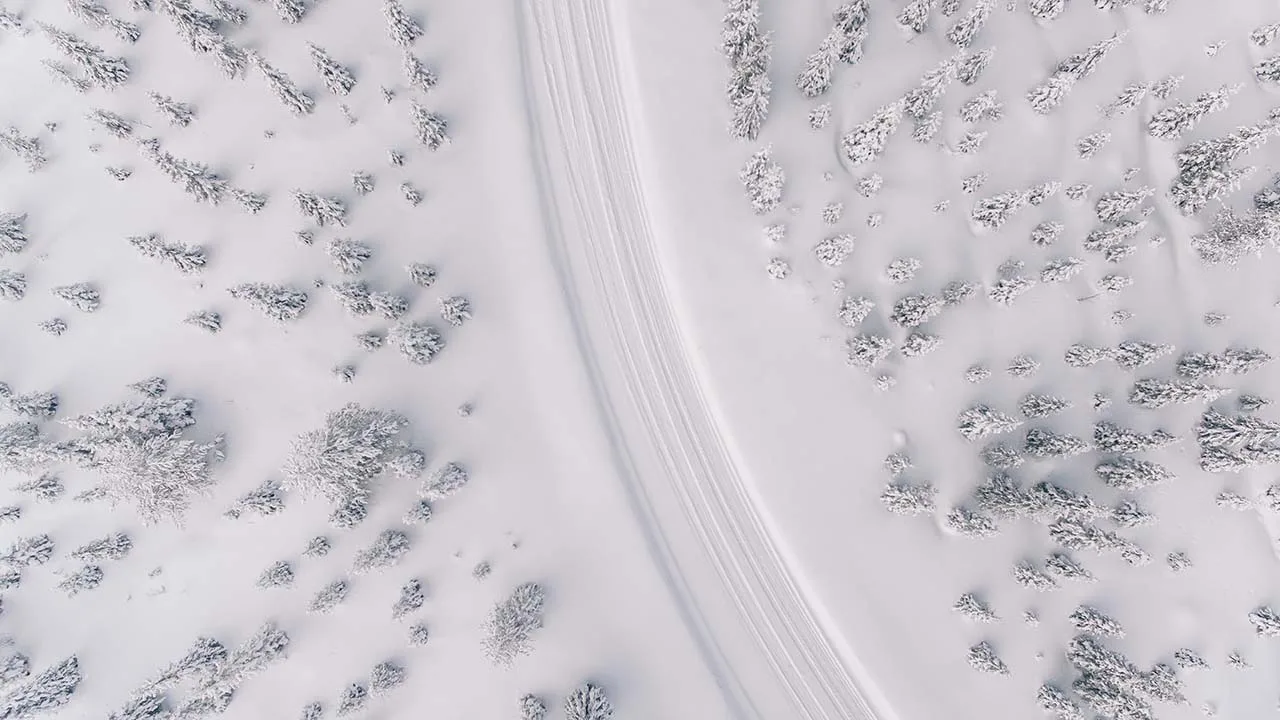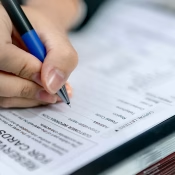
Are You Ready for Winter? Essential Items and Preparations for the Canadian Winter
As the autumn breeze gently fades away, the chill of winter creeps closer. It’s time to make early preparations for the cold. Winter isn’t just about the romantic snowy scenes and the joy of Christmas; it also brings many challenges and trials. Whether it’s home life, driving, or daily protection, every aspect requires special attention and preparation. Here are some essential items and preparations for the Canadian winter:
Home Protection
- Inspect windows and doors to ensure they are well-sealed to prevent cold air from entering. If gaps or cracks are found, use weather strips or fillers for repairs.
- Clean roofs and gutters to prevent snow-related damage. Excessive snow accumulation on the roof can lead to roof collapse or leaks. Keep gutters clear to prevent freezing of trapped water.
- Replace filters in the furnace/heating system to ensure efficient heating. Filters prevent dust and dirt from entering the furnace, enhancing its efficiency and longevity. It’s recommended to replace them every three months.
- Store emergency supplies like non-perishable food, water, flashlights, batteries, etc., to help during power outages or other emergencies.
Vehicle Preparations
- Switch to winter tires for better traction and braking. Winter tires are more suitable for cold temperatures and snowy roads, reducing the risk of skidding and derailment. It’s recommended to change to winter tires when temperatures drop below 7°C.
- Check the battery, brakes, wipers, and antifreeze. Cold can affect vehicle performance and safety, so regularly inspect these parts for replacement or repair needs. Especially the battery, as insufficient power might prevent the car from starting.
- Always keep the fuel tank at least half full to prevent fuel line freezing. Air in the tank can trap moisture that might freeze and block the fuel line. Reduce air in the tank and add antifreeze.
- Store emergency items in the car like blankets, shovels, tow ropes, jumper cables, etc., for situations like car breakdowns or being stuck in the snow.
Personal Warmth
- Wear warm clothing like down jackets, hats, gloves, etc. Winter temperatures can drop significantly, so choose suitable attire to maintain body heat. Especially protect the head, hands, and feet to prevent frostbite.
- Avoid prolonged exposure outdoors to prevent frostbite or hypothermia. If you must be outside, take regular breaks indoors to warm up. Seek medical attention if you feel numbness, discoloration, or cold.
- Drink plenty of water to stay hydrated and maintain metabolism. Dry winter air can easily lead to dehydration, so replenish fluids and electrolytes. Drinking also promotes blood circulation and metabolism, increasing resilience.
- Be cautious of road and sidewalk conditions to avoid slipping or collisions. Winter roads can be icy or snowy, making walking or driving difficult and dangerous. Slow down, maintain a safe distance, and wear non-slip shoes to prevent accidents.
In conclusion, winter’s arrival offers us not only beautiful vistas but also many details that require our attention. Prepare early to make this winter warm and safe. We hope everyone has a delightful and secure winter season.
Recent Posts
Nexus Immigration & Recruitment
Essential IDs and Credentials to have for newly arrived International Students – Vancouver Specific
Nexus Immigration & Recruitment
Post-Secondary Credit Transfer Strategy (for British Columbia Specific)
Nexus Immigration & Recruitment








